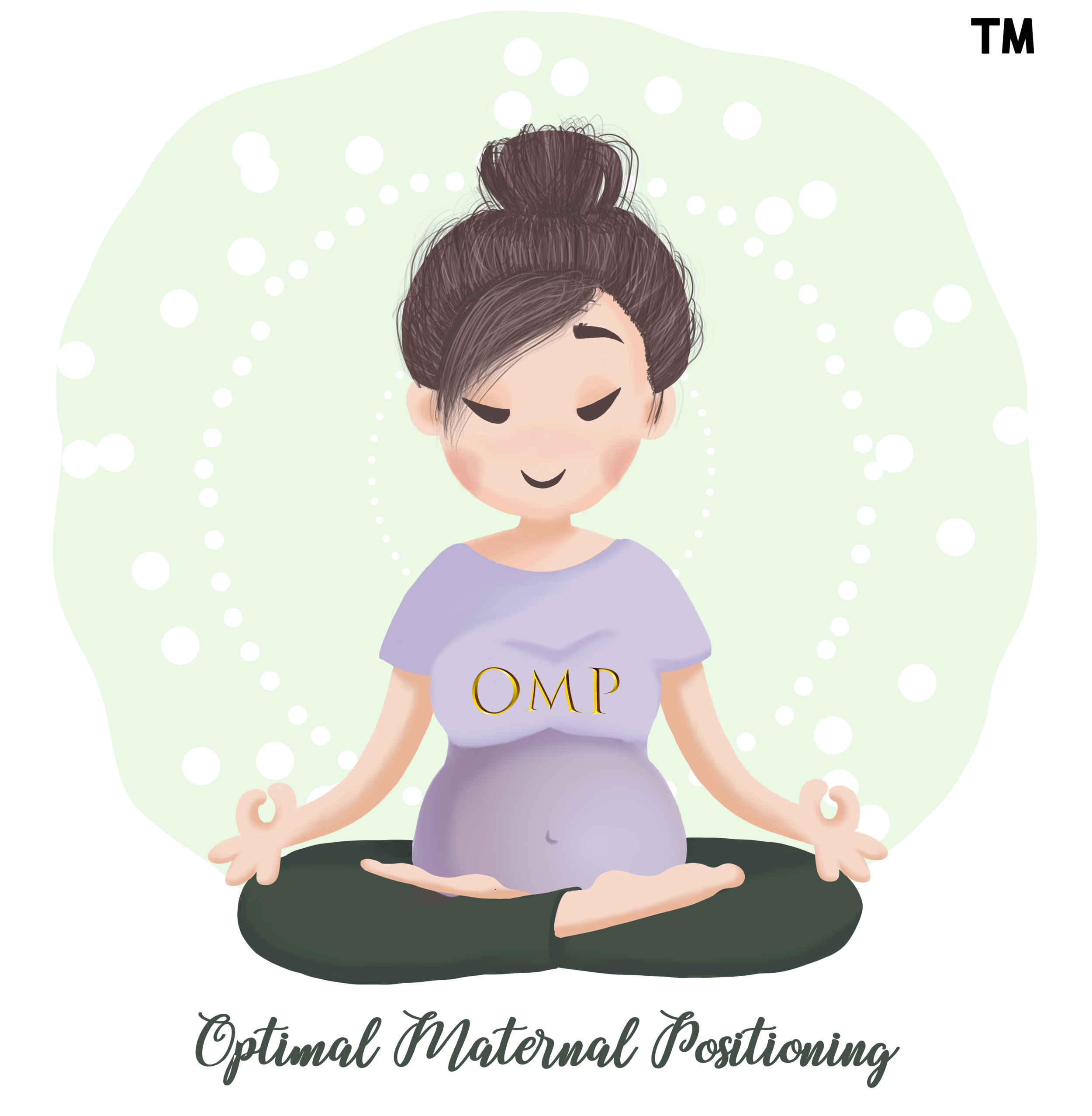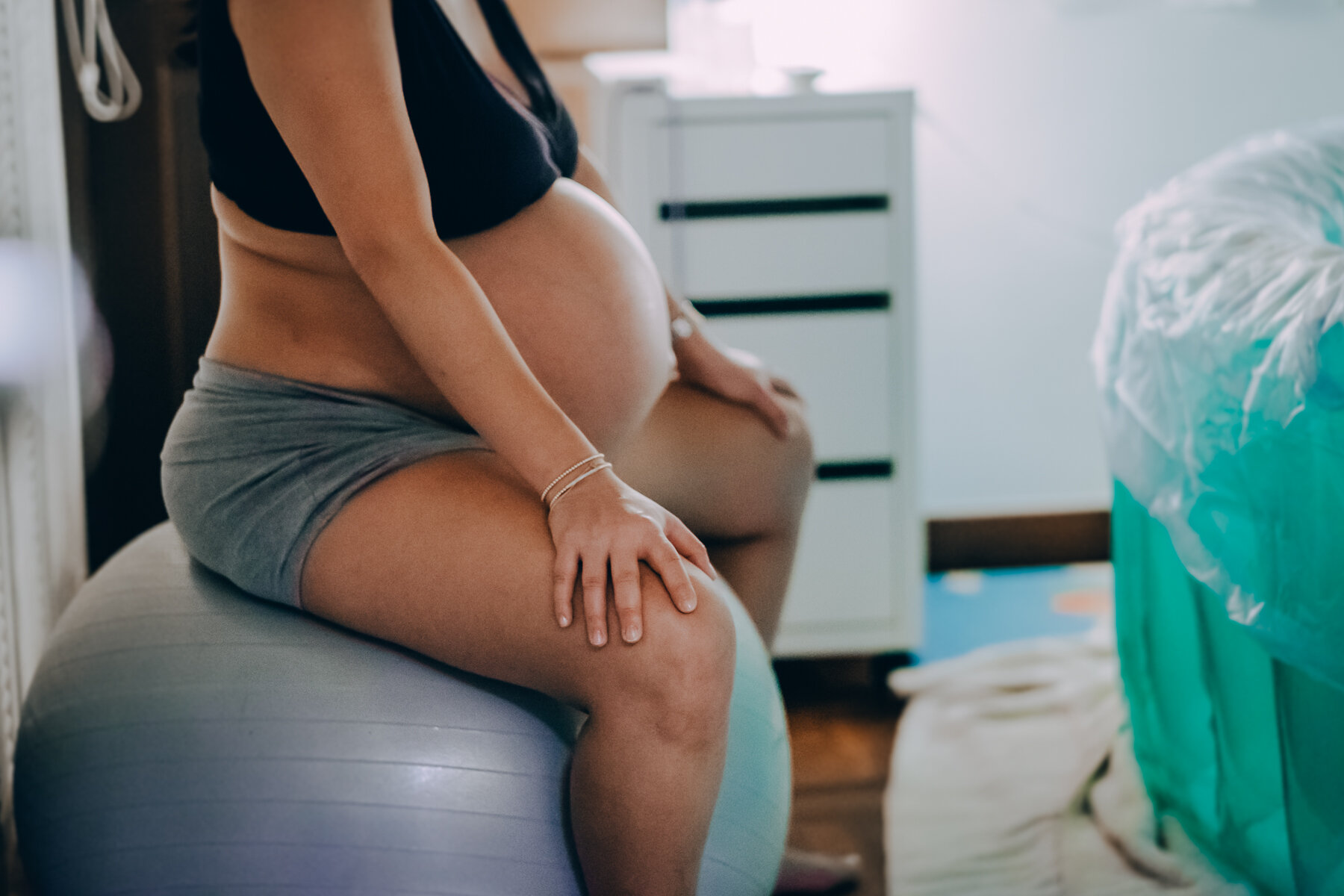What if the mother has a pendulous belly? How to use Abdominal Lifts & Tucks to create space for baby to enter Inlet Pelvis for labor to progress.
Want to know what you can do with mothers - especially second time or more mothers or mothers spotting pendulous bellies - reporting very slow to start labors in their previous pregnancies yet when the baby finally enters the pelvis, the baby rockets right through the pelvis to be born?
Pendulous Belly is a sure tell-tale sign of the baby’s chin being deflexed.
Abdominal Lift & Tuck is founded by Janet McCoy of Back Labor No More is a technique that is used only during labor as you need contractions for the technique to be effective.
Abdominal Lift & Tuck is a 2 prong technique that focuses on:
getting the baby's chin to flex through abdominal lifting;
changing the orientation of the pelvis through tucking the pelvis when the baby is still high.
This is extremely effective when used with a multips - second time or more mothers, or grand-multips - or mother’s with big or pendulous bellies. It was my most used technique when I was apprenticing in Amish country supporting women who had an average of 5-12 children.
A very easy (when used correctly and I have seen it used incorrectly several times when mentoring doulas) yet extremely effective technique to enable labor to progress. I am hoping that you will find this birth story helpful in learning to use this technique together with the importance of learning to use the various levels of flexion during labor and birth.
The birth supporter can use a rebozo or simply their hands to ‘lift’ the belly whilst supporting the laboring mother from her back.
This is a 4th time mother who had identified herself as always:
needing help to get into labor;
and having long labors until its comes time for her to push, and she has very short and effective second stages ie. '2 pushes and they are out!'
Even though I first met this mother and her partner when she was pregnant with number 2 where she attended the antenatal classes I taught, I have never supported her through labor with her previous pregnancies. It was because she was thinking of having a homebirth for number 4 that she reached out to me.
And just from listening to her birth debriefs, I guessed that she had pendulous bellies for her previous and current pregnancies.
Pregnancy: Baby was still in breech position during 34 weeks of her pregnancy, a very common phenomena with multips especially when they have had head down babies before - I suspected from experience that it was because of posture, a twisted hot-air balloon and her muscles being lax that probably caused baby to be in breech. As she did not have a history of having breech babies, I also guessed that it would not take much to get this baby turning head down.
After 1-2 weeks of OMP Reversing Protocols and OMP Pelvic Alignment Protocols, her baby turned head down as anticipated.
Labor & Birth: This mother was having regular but sporadic painful contractions through the day, however it didn't seem to build up and finally the mother asked if we could come over in the evening to just check in on her and give her some tips and tricks.
I prebriefed my accompanying doula on ‘the plan’ to get labor started if the mother's contractions were strong enough, determined to help her have a more efficient and smoother labor this time around especially since this could possibly be her last birth experience.
7.35pm
We arrived to find the laboring mother and her family in the family lounge and saw her leaning over the sofa during the short contraction. I informed her that we are going to attempt some Optimal Maternal Positioning (OMP) techniques and suggested that we start with Abdominal Lifts & Tucks so we moved to where her reformer is on the second level as she finds comfort in sitting and rocking on it. The aim was to go through abdominal lifts and tucks for 10 consecutive contractions. Within 3 contractions, the laboring mother found the efficacy of the position not as effective as being upright as the contractions spaced out and as she is tall, her hips were lower her knees whilst baby was still high within the pelvis, closing the space available to him.
So we changed the strategy to attempt abdominal lifts and tucks standing instead and this proved to be very effective as when she went to the toilet in-between at about 8.25pm, the laboring mother reported that her waters broke though later the Obgyn said it was a hindwater leak as her membranes were still intact when he checked her.
8.30pm
We moved upstairs to get the labor playground ready and informed the Obgyn that the mother's labor is well established however we are still using techniques to get going into active labor. The mood was light with the kids coming up and down, the laboring mother being in a cheerful mood in-between contractions and my accompanying doula singing and grooving to the playlist!
We were still doing abdominal lifts and tucks alternating between standing where I set up my birth rope, and sitting on her gym ball with her birth partner supporting her.
As the birth partner was helping my accompanying doula with the birthing tub set-up, I took over to help the laboring mother with the abdominal lift and tuck, and she exclaimed as she finally experienced my definition of a ‘lift’. Her contractions were getting a lot more intense and stronger yet she was in amazing spirits in-between.
I asked her birth partner jokingly if he wanted to start taking bets if the laboring mother would birth before or after midnight. No-one including the laboring mother believed that she was going to birth before midnight. She was showing all the right signs and her body and her baby was responding very well to the OMP techniques even though I explained to her the dynamics of what needed to happen and why we are doing what we are doing to get her labor progressing.
9.45pm
The laboring mother asked if she could have a break from abdominal lifts and tucks as a breather so we used heated rice socks to cope with her contractions as she breathed through them calmly.
10.10pm
She had a bowel movement and I asked her to remove her shorts and get ready to move into the tub.
10.38pm
I called the Obgyn to ask him to come and said that I anticipated that the laboring mother births within the hour, if not much sooner. The contractions spaced out when she got into the tub so I said we had to get on with lifting, drop the tuck supported by her birth partner.
10.53pm
Obgyn arrived and did a vaginal examination where she was 6cm with membranes intact.
11.13pm
Spontaneous rupture of membranes and the laboring mother was sure she heard a pop. The laboring mother asked the Obgyn to check if she was ready to push and he confirmed that she was fully dilated and that baby’s head was ‘right there’.
So I encouraged the laboring mother to place her feet against the tub as she was thrashing around from the intensity during the contractions, diverting the energy everywhere which made bearing down less effective. She was quick to respond.
At 11.23pm, baby was born in the water into his mother's arms at a whooping 4.4kg!
The birth supporter can use also simply their hands to ‘lift’ the belly whilst supporting the laboring mother whilst standing in front of her.
The mother loved her birth experience so much that she referred her friend based in the UK, also expecting her fourth baby in transverse position to have an online session with me at 36 weeks, and baby turned head down within 2 days of doing the OMP Reversing Protocols and OMP Pelvic Alignment Protocols.
As birth professionals, there is truly so much you can do to make a difference to how a woman labors. I hope the above is helpful in your journey as you work with pregnant and laboring women.
These photos are used with permission and taken by Keidi Lin of The Unison Photos.



